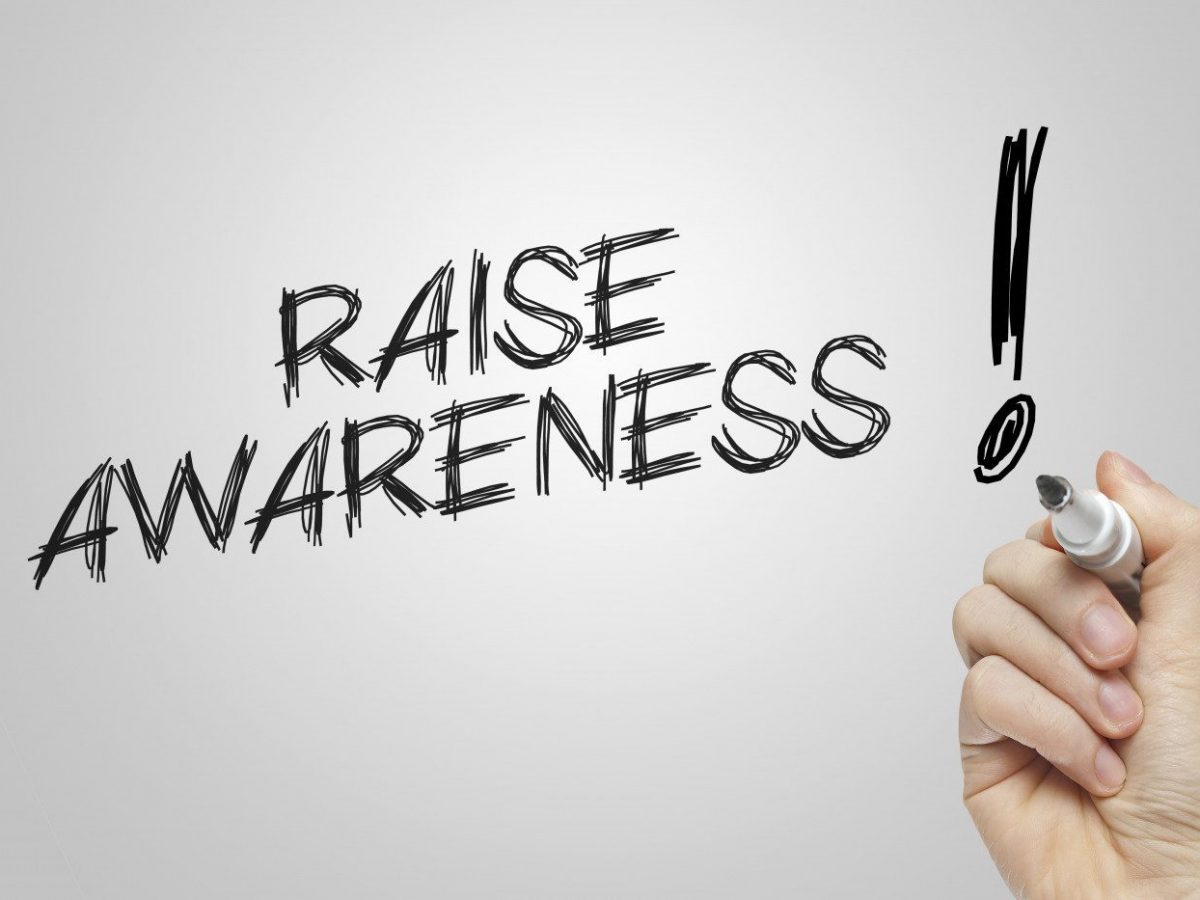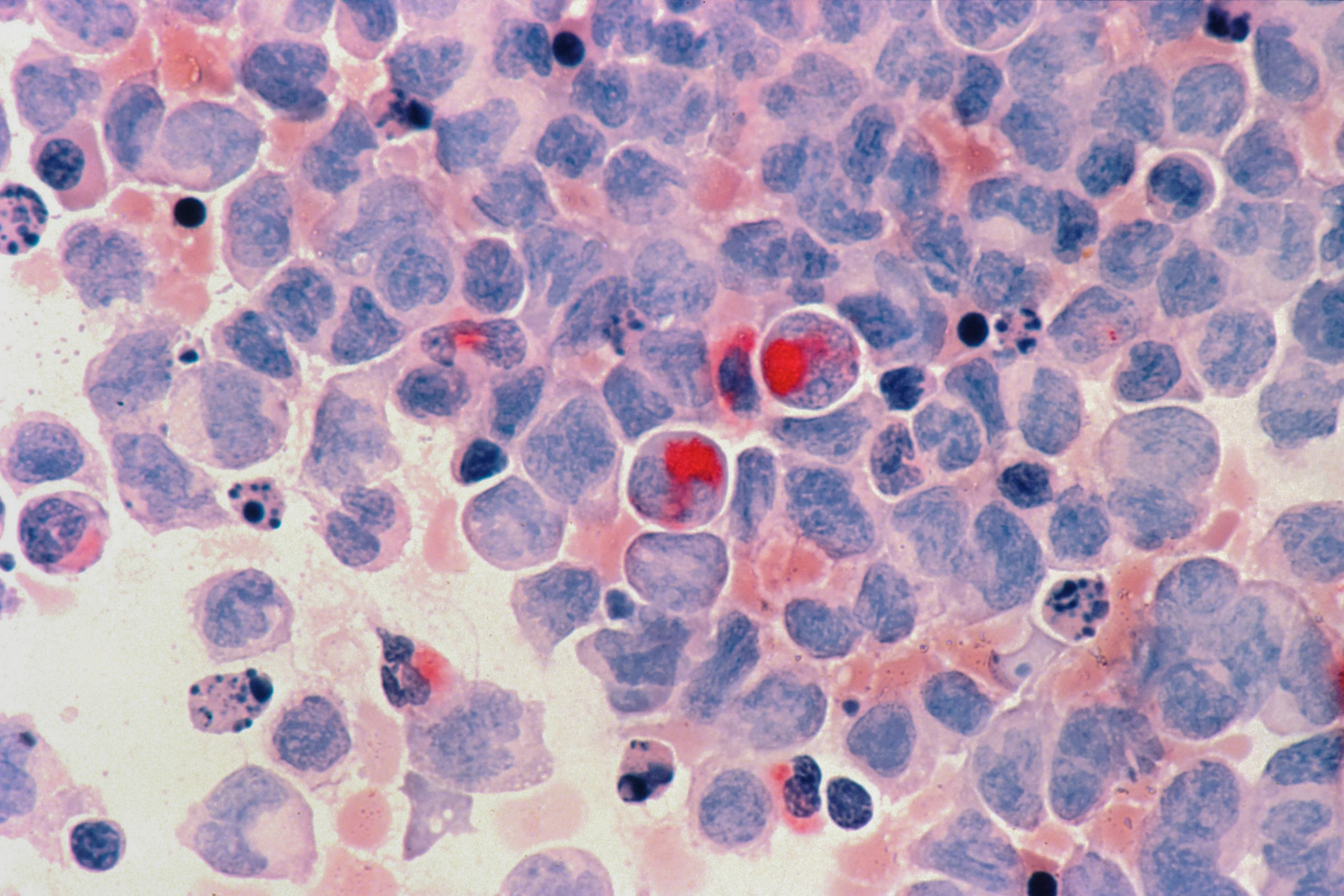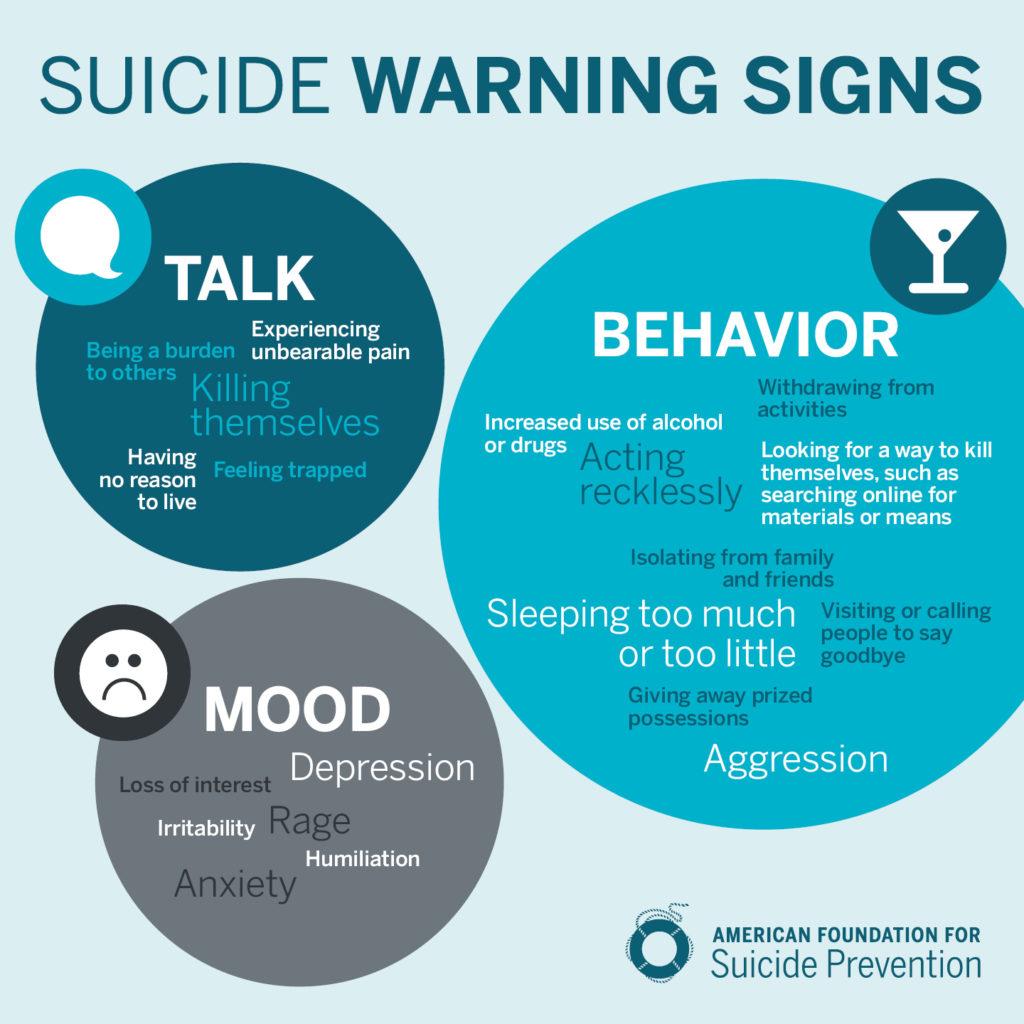Who decides what months/weeks/days are health awareness dates? It’s often nonprofit or public health organizations, but sometimes states or the federal government can name an observance period. The month of May is observed as over a dozen awareness months, overlapping awareness weeks, and several awareness days. Several of our own partners are observing awareness months.
ALS Awareness Month
May was named ALS Awareness Month in the United States by Congress and signed into law by President George H.W. Bush in 1992. Also known as Lou Gehrig’s Disease, amyotrophic lateral sclerosis (ALS) is a progressive neurodegenerative disease affecting the function of nerves and muscles that eventually leads to wasting paralysis. It affects as many as 30,000 in the U.S., with 5,000 new cases diagnosed each year. Estimates suggest that ALS is responsible for as many as five of every 100,000 deaths. There is no cure for ALS.
The NeedyMeds website features a Diagnosis Information Page for ALS that links to frequently prescribed medications and any assistance programs for them as well as listings for several national programs that offer everything from service animals to financial assistance for equipment or home modifications. NeedyMeds also has information on Scholarships for young ALS patients and those otherwise affected by the disease who are determined to continue their education.
Arthritis Awareness Month
Arthritis is one of the most common causes of disability in the U.S., affecting more than 50 million Americans. There are over 100 different forms of arthritis characterized by inflammation of one or more joints, causing pain and stiffness that worsens over time. There are a variety of treatments depending on the type a person has, including over-the-counter and prescription medications and physical therapy, among others.
The NeedyMeds Diagnosis Information Page for arthritis was made in partnership with Creakyjoints, a digital community for millions of arthritis patients and caregivers worldwide who seek education, support, advocacy, and patient-centered research. The Diagnosis Information Page links to frequently prescribed medications and other resources for those in need.
Celiac Awareness Month
Celiac disease is an immune reaction to eating gluten, a protein found in certain grains. Over time the immune reaction can cause inflammation and damage to the small intestine, preventing absorption of nutrients and leading to complications. An estimated 3 million Americans are affected by celiac disease, though up to 83% are undiagnosed or misdiagnosed with other conditions. There are no pharmaceutical treatments or cures for celiac disease, but a gluten-free diet relieves symptoms.
The NeedyMeds celiac Diagnosis Information Page was made in partnership with Beyond Celiac, patient advocacy and research-driven celiac disease organization working to drive diagnosis, advance research and accelerate the discovery of new treatments and a cure. While there are no commonly prescribed medications, the page links to other organizations that provide assistance and scholarships for those affected with celiac disease who are continuing their education.
Hepatitis Awareness Month
The Center for Disease Control and Prevention observes Hepatitis Awareness Month in May. Hepatitis is a viral infection that causes inflammation of the liver. Hepatitis A is contagious to those in close contact or shared food/drink with an infected person, but is preventable with effective vaccines. Hepatitis B is less contagious than Hepatitis A, but can still be transmitted through bodily fluids. Adults with hep B often recover within 6 months, but 5% develop chronic hepatitis unless treatment is successful. Hepatitis B is also preventable with effective vaccines. Hepatitis C can be life-threatening if left untreated, but can be treated and cured. There is no vaccine for hepatitis C, but it is only transmittable through contact with infected blood.
Our Diagnosis Information Pages for hepatitis A/B/C are a collaborative project with the American Liver Foundation. The month-long observance includes Hepatitis Testing Day on May 19th. These observances are important opportunities to raise widespread awareness of viral hepatitis and its impact in the U.S. and expand our coordinated national efforts to improve the health of the estimated 862,000 people living with hepatitis B and 2.4 million people living with hepatitis C. We also have an upcoming webinar with the Healthwell Foundation on getting help with hepatitis C.
Lyme Disease Awareness Month
Lyme disease is a bacterial infection transmitted through the bite of an infected deer tick and is among the fastest growing infectious diseases in the United States. Some of the first symptoms may include a flu-like condition, with fever, chills, headache, stiff neck, achiness, and fatigue. The hallmark bulls-eye rash, which may appear on any body area, is not present in all cases. Lyme disease can often be misdiagnosed as other conditions since its symptoms mirror many medical problems such as multiple sclerosis, arthritis, chronic fatigue syndrome or lupus. If untreated, it can become a severely debilitating illness affecting multiple organs, including joints, heart, brain and other parts of the central nervous system. Many patients go undiagnosed far too long, causing chronic disabilities.
The NeedyMeds Diagnosis Information Page for lyme disease is a collaborative project with the Global Lyme Alliance. The Diagnosis Information Page links to frequently prescribed medications, associated assistance programs, and other resources for those in need.
National Lupus Awareness Month
Lupus is a chronic autoimmune disease that can affect any part of the body. Autoimmune disorders are caused by the body’s immune system attacking healthy tissue as if it were a foreign virus or bacteria causing inflammation, pain, and damage. Lupus is a disease of flares (the symptoms worsen and you feel ill) and remissions (the symptoms improve and you feel better). It can range from mild to life-threatening and strikes mostly women of childbearing age (15-44). However, men, children, and teenagers can develop lupus too. With good medical care, many people with lupus can lead a full life. The Lupus Foundation of America estimates that at least 1.5 million Americans have lupus. However, the actual number may be higher; there have been no large-scale studies to show the actual number of people in the United States living with lupus.
The Lupus Diagnosis Information Page is a collaborative project of NeedyMeds and the Lupus Foundation of America that links to commonly prescribed medications and any available assistance programs for them, and other resources for those in need.
National Melanoma Skin Cancer Awareness Month
Melanoma is the deadliest form of skin cancer. According to the Centers for Disease Control and Prevention (CDC), the incidence of melanoma has doubled over the past 30 years in the United States. Although the average age of people diagnosed with melanoma is 63, melanoma is not uncommon even among those younger than 30 and is one of the most common cancers in young adults (especially young women). With early diagnosis and treatment, the chances of recovery are very good. If it is not found early, melanoma can grow deeper into the skin and spread to other parts of the body, making it difficult to treat.
The Melanoma Diagnosis Information Page made in collaboration with Melanoma Research Alliance links to commonly prescribed medications and any available assistance programs for them, other resources for those in need, and recreational and academic programs for anyone affected.
National Osteoporosis Awareness and Prevention Month
Osteoporosis is a bone disease that occurs when the body loses too much bone, makes too little bone, or both. Osteoporosis is a major public health threat for an estimated 54 million Americans. Every 20 seconds, someone in the U.S. breaks a bone as a result of osteoporosis. People with osteoporosis cannot feel their bones getting weaker, and many do not know they have osteoporosis until they break a bone. Women’s risk of fracture is equal to their combined risk of breast, uterine and ovarian cancer; men are more likely to break a bone due to osteoporosis than they are to get prostate cancer. Eating a healthy diet and exercising regularly can help slow or stop the loss of bone mass and help prevent fractures.
The Osteoporosis Diagnosis Information Page is a collaborative project of NeedyMeds and the National Osteoporosis Foundation. It is intended to provide educational information and healthcare savings resources for those living with this diagnosis. The National Osteoporosis Foundation (NOF) is the leading health organization dedicated to preventing osteoporosis and broken bones, promoting strong bones for life and reducing human suffering through programs of public and clinician awareness, education, advocacy and research. The Diagnosis Information Page features links to commonly prescribed medications and any available assistance programs for them, other resources for those in need, and recreational programs for anyone affected.
Check back at The NeedyMeds Voice later this month for more important awareness observances and more.




